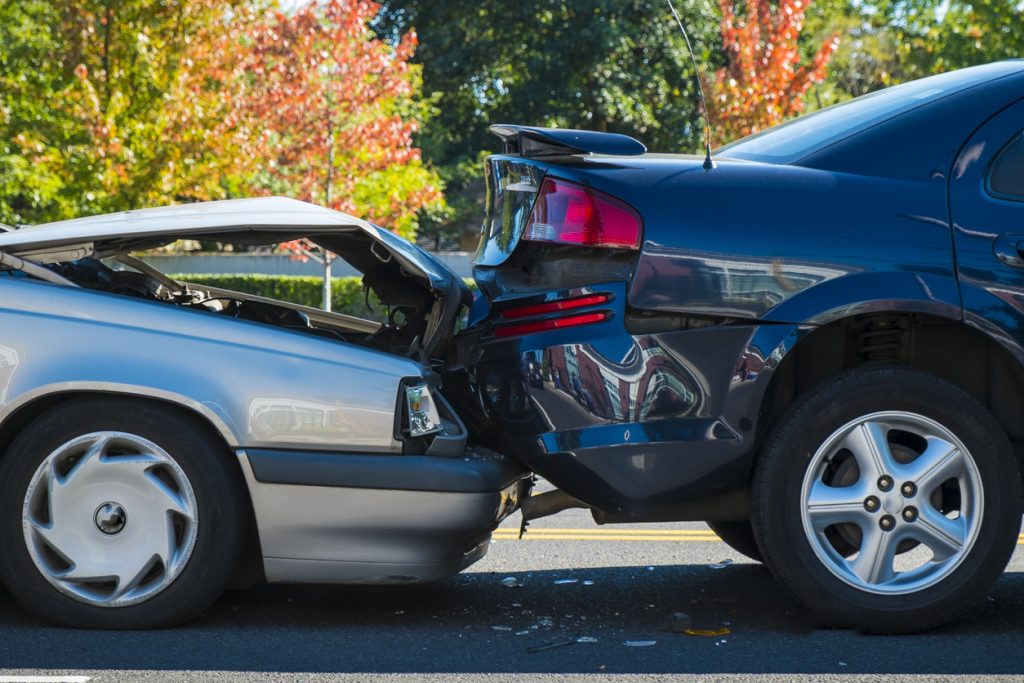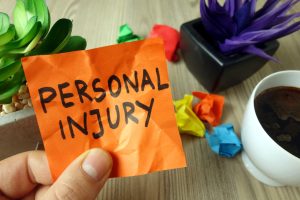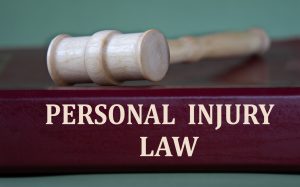A car accident can be a traumatic and disorienting experience, but knowing how to stay safe in the aftermath can make a significant difference. The steps you take immediately following a collision can protect your health, ensure your legal rights, and aid in a smoother recovery process. Here’s a comprehensive guide on how to stay safe after a car accident.
1. Ensure Immediate Safety
a) Check for Injuries
- Self-Assessment: First, check yourself for any injuries. Even minor cuts or bruises should be noted.
- Passenger Assessment: If you have passengers, check on them as well. Ask if they are okay and look for any visible injuries.
b) Move to Safety
- Vehicle Position: If your car is in a dangerous location (e.g., blocking traffic), and if it’s safe to do so, move it to the side of the road.
- Exit the Vehicle: If your vehicle is smoking, on fire, or in a precarious position, exit immediately and move to a safe distance.
c) Turn on Hazard Lights
- Alert Others: Turn on your vehicle's hazard lights to alert other drivers of the accident and reduce the risk of further collisions.
2. Call for Help
a) Emergency Services
- Dial 911: Immediately call 911 to report the accident. Provide your location, the number of vehicles involved, and if there are any injuries.
b) Police
- File a Report: Even if the accident seems minor, it’s essential to have a police report. This report can be crucial for insurance claims and legal proceedings.
c) Medical Assistance
- Seek Medical Help: If there are any injuries, request an ambulance. Some injuries may not be immediately apparent, so it’s wise to get checked out by a medical professional.
3. Document the Scene
a) Take Photos
- Accident Scene: Use your phone to take pictures of the entire scene from various angles. Include photos of all vehicles involved, any damage, and the surrounding area.
- Injuries: Document any visible injuries you or your passengers have sustained.
b) Gather Information
- Other Driver: Exchange information with the other driver(s), including name, address, phone number, insurance details, and driver’s license number.
- Witnesses: If there are any witnesses, get their contact information as well. Their statements can be valuable later.
c) Police Report
- Obtain Details: Get the names and badge numbers of the responding officers. Ask how you can obtain a copy of the police report.
4. Notify Your Insurance Company
a) Report the Accident
- Immediate Notification: Call your insurance company as soon as possible to report the accident. Provide them with all the gathered information and documentation.
b) Claim Process
- Follow Instructions: Your insurance company will guide you through the next steps in the claims process. Be sure to follow their instructions carefully.
c) Documentation
- Keep Records: Keep a detailed record of all communications with your insurance company, including names, dates, and what was discussed.
5. Seek Medical Attention
a) Immediate Care
- Emergency Room: Even if you feel fine, it’s crucial to seek medical attention immediately after the accident. Some injuries, like whiplash or internal injuries, may not show symptoms right away.
b) Follow-Up Care
- Visit Your Doctor: Schedule a follow-up appointment with your primary care physician. They can provide a more thorough examination and monitor any emerging symptoms.
c) Physical Therapy
- Rehabilitation: If recommended by your doctor, engage in physical therapy to aid in your recovery and prevent long-term issues.
6. Understand Your Legal Rights
a) Consult an Attorney
- Legal Advice: Consider consulting a Denver auto accident attorney, especially if there are significant injuries or disputes over fault. An attorney can help protect your rights and navigate the complexities of legal and insurance claims.
b) Keep Records
- Documentation: Maintain all records related to the accident, including medical bills, repair estimates, and correspondence with insurance companies. These documents can be crucial if legal action is necessary.
c) Know the Statute of Limitations
- Time Limits: Be aware of the statute of limitations for filing a claim in your state. This timeframe can vary, so it’s important to act promptly.
7. Emotional Recovery
a) Acknowledge Trauma
- Emotional Impact: Recognize that a car accident can be emotionally traumatic. It’s normal to feel shaken, anxious, or even fearful of driving afterwards.
b) Seek Support
- Therapy: Consider seeing a therapist or counsellor to help process the emotional impact of the accident.
- Support Groups: Joining a support group for accident survivors can provide a sense of community and understanding.
c) Gradual Exposure
- Return to Driving: If you’re anxious about driving, start with short, familiar routes and gradually increase your driving time. Consider taking a defensive driving course to boost your confidence.
8. Vehicle Repair and Replacement
a) Assess Damage
- Professional Evaluation: Have your vehicle assessed by a professional to determine the extent of the damage.
b) Repair Options
- Authorized Shops: Use repair shops recommended by your insurance company to ensure quality work and easier claim processing.
- Second Opinions: Don’t hesitate to get a second opinion if you’re unsure about the initial repair estimate.
c) Replacement Considerations
- Total Loss: If your vehicle is totalled, work with your insurance company to determine the replacement value and explore your options for a new car.
9. Prevent Future Accidents
a) Defensive Driving
- Training Courses: Enroll in a defensive driving course to enhance your driving skills and learn techniques to avoid accidents.
- Stay Alert: Always be vigilant and attentive while driving. Avoid distractions, follow traffic laws, and keep a safe distance from other vehicles.
b) Vehicle Maintenance
- Regular Checks: Maintain your vehicle regularly to ensure it’s in good working condition. This includes checking tyres, brakes, lights, and fluid levels.
- Safety Features: Consider investing in a vehicle with advanced safety features like automatic emergency braking, lane departure warnings, and blind-spot monitoring.
Conclusion
Staying safe after a car accident involves a combination of immediate actions and long-term strategies. Ensuring your immediate safety, calling for help, documenting the scene, and notifying your insurance company are critical first steps. Seeking medical attention, understanding your legal rights, and addressing the emotional impact are also essential for a comprehensive recovery. Finally, taking steps to prevent future accidents can help you regain confidence and peace of mind on the road. By following these guidelines, you can navigate the aftermath of a car accident with greater safety and security.





















